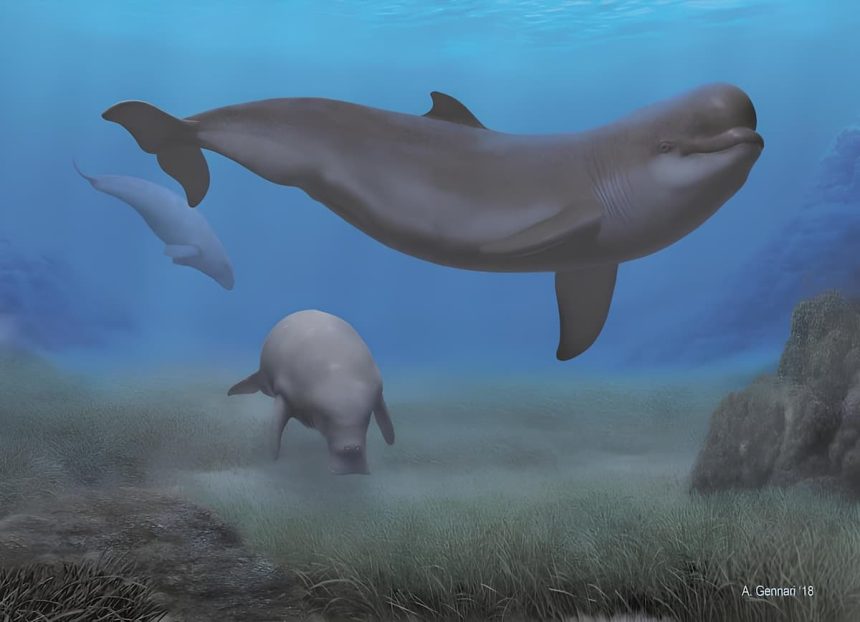Around 6 million years ago, the Mediterranean Sea experienced a drastic environmental change. Due to tectonic movements that closed the Gibraltar Strait, isolating it from the Atlantic Ocean, the Mediterranean underwent an unprecedented drying out. Under the effects of a hot and dry climate, the sea level gradually dropped, reaching a critical point.
A Nearly Completely Dry Mediterranean Sea
Approximately 5.5 million years ago, the Mediterranean basin resembled a vast depression, its floor occupied by hypersaline water.
The landscape was similar to that of the current Dead Sea. In total, about 1 million cubic kilometers of salt are thought to have been deposited in the basin!
One can imagine the dramatic repercussions of this drying out on marine biodiversity.
However, the impact on ecosystems remains poorly constrained. A new study published in the journal Science has managed to quantify it. And to say the least, the Mediterranean’s marine ecosystems nearly faced extinction.
A Total “Reset” of Biodiversity
Out of the 2,006 endemic species recorded before the Messinian Crisis, only 86 survived this event. Fossil records show a 66.8% difference in species present before and after the crisis, which ended with the abrupt opening of the Gibraltar Strait 5.33 million years ago, allowing Atlantic waters to flood into the dried-up basin.
The current Mediterranean ecosystems were primarily built upon the arrival of species from the Atlantic.






